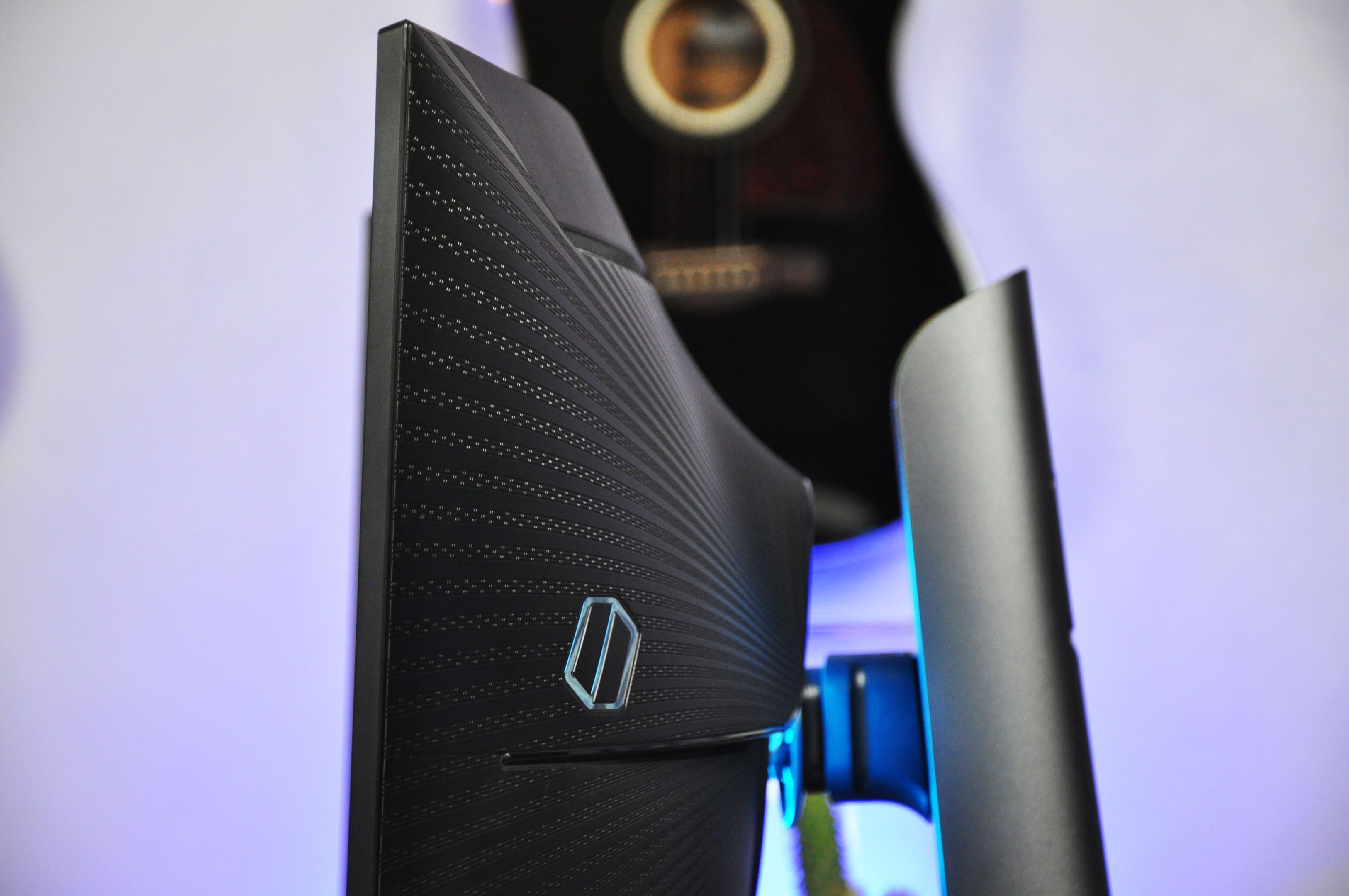
If you don’t know who that may be get in touch and I can give you a place to start. If you would like help to understand your processes, ensure you get help for the people who specialise in process. Some people talk about the recipe for success, but I think about it more as a process for success.Įnsuring your outputs are definable and repeatable, will help you get a handle on what works and what doesn’t enabling you to reduce the time from bleeding to leading and being a more profitable and effective organisation. But once he found the way to make it he was then the leader in his field and the one to beat and became the ‘Leading edge’ in the technology.Ĭreation is messy, chaotic and risky, however leading and keeping your position requires organisation, structure and planning. Unlike bleeding edge technology, leading edge technology implies a relatively new but proven product that is revolutionary in comparison to other products. His bleeding was probably sleepless nights and financial pain too. Each creation was a learning experience that evolved thinking. When inventing the light bulb Thomas Edison did not fail to make a light bulb 200 or so times he found 200 ways not to make a light bulb. You bleed, you have to be brave and ‘disrupt’ the ‘status quo’ to try something different. So how do you get from Bleeding to Leading? First. The ‘Bleeding edge’ defines something that is brand new, neither tried nor tested indicating there are going to be some ‘casualties along the way’ to get the project to market. They defined the ‘Leading Edge’ as companies or a technology that is ‘world class’ or the ‘One to beat’ in any particular sector. relationships among technology convergence, leading edge technology, and bleeding edge technology. Scope creep (or feature creep) is an insidious disease that kills more good startups.

Save Paper 7 6 Words CMGT 557 Academic Coach /uophelp. Feature creep can turn your leading edge into the bleeding edge.

I though I had misheard or they had misquoted so I asked what they meant (every day is a school day!) and they explained something that made me sit up an listen and challenge what I have been saying for years. What distinguishes the two How may a bleeding edge technology evolve into a leading edge technology CMGT557 Week 5 Individual Assignment Technology Relationships. Makes sense so far?īut here is the new learning, I heard someone referencing the ‘Bleeding edge’ the other day. I have heard and been using the term ‘Leading Edge’ and ‘Tip of the Spear’ (sorry for the clichés but there is a point I promise) as an example of being the first in creating the standard or make a path for everything that follows. alone, we can't lose sight of the need for trailing edge processors along with ones designed for leading edge and advanced computing needs in the future.I am not ‘down with the kids’ with the latest terms, but I am not part of the ‘old guard’ either.
#Leading edge vs bleeding edge full
Indeed, all of their fabs in the U.S., and the ones in Singapore and Dresden, Germany are at full capacity as demand remains very strong.īut given that the world is going digital, and we will need billions of chips a year just in the U.S.

Global Foundries can meet some of the other chip demands on U.S. The good news is that TSMC, Intel, and Samsung are building new fabs for advanced processors in the 7nm, 5nm, and at some point in the future, even 2nm. President Biden has created the CHIPS for America Act that proposes $50 billion towards these new U.S.-based fabs. needs to invest in more semiconductor fabs at home given the threat of fabs in countries like China that could be nationalized. If China’s fabs are nationalized they could keep these types of semiconductors from the West and other countries that might need them as part of their products. One major concern about China being the prominent manufacturer of lower-level processors is if they should nationalize these fabs, at some point, they could dictate who can buy these chips.Ī colleague of mine in Beijing told me that China is scouring the world for older semiconductor equipment to expand their ability to make more of these middle to low-level processors. These are used for low pedestrian functions even if the device also needs more powerful chips to operate. But China dominates in the higher processes that produce millions of low-powered chips that go into all types of products.


 0 kommentar(er)
0 kommentar(er)
